CIU professor publishes a “concise global history of mission”


Dr. Ed Smither chats with CIU graduate students.
As a teacher, Dr. Ed Smither, dean of the Columbia International University College of Intercultural Studies, loves coming alongside students and helping them discover their place in the mission of God. Now, he has written a book that will assist students in their study of those who have come before them in the mission.
“Christian Mission: A Concise, Global History,” has just been released by Lexham Press.
In this one-volume textbook, Smither weaves together a comprehensive history of Christian mission, from the apostles to the modern church. In each era, he focuses on the people sent by God to the ends of the earth, while also describing the cultural context they encountered. Smither highlights the continuity and development across thousands of years of global mission.
Smither discusses the book in this Q&A:
In what way is your book unique from other textbooks written on the history of missions?
It has a stronger foundation on mission in the early church period (AD 100-750)
- I aim to show that mission has always been global — from everywhere to everyone.
- I capture some 21st century elements of mission that more dated texts don’t address.
- The book is intentionally more concise to help the undergrad student studying mission history for the first time.
Is the history laid out in chronological order in your book?
Yes, have a look at the table of contents here:
- Introduction
- Mission in the Early Church (100–750)
- Mission in the Medieval Church (750–1500)
- Mission in the Early Modern Church (1500–1800)
- The Great Century of Christian Mission (1800–1900)
- The Global Century of Christian Mission (1900–2000)
- Mission from the Majority World (21st Century)
Is there a common thread running through the periods of missions history?
Yes, while there have been centers for the global church in every period, we see that the gospel has consistently gone from everywhere to everyone. Irish monks spread the gospel through Europe while Syrian and Persian monks were doing the same across Central Asia and China.
How do you approach the cultural changes that each generation of missionaries encounter?
Each chapter begins with some general backgrounds on history, culture, and politics to situate the mission story. We aim to tell an honest story. Some missionaries did not do a great job of learning languages and cultures, while others (Jesuits in Asia, German Pietists in India) did a great job of it.
What might surprise some readers of your book?
Two facts:
- The first cross-cultural missionary sent from North America was an African-American ex-slave named George Leile. A pioneer church planter in Jamaica, he never received any salary for ministry.
- Most of the global mission work done between AD 500 and 1500 was by monks.
What do you hope readers come away with?
An honest grasp of missionaries in Christian history — their sacrifices, mistakes and ordinary faith.
What else would you like for us to know?
An honest study of mission history reminds us that God is a missionary God, and the work of global mission is accomplished in the Spirit’s power.
Discover your place in the mission of God. Learn more about CIU’s undergraduate and graduate Intercultural Studies programs.
Columbia International University ranks #1 among colleges and universities in South Carolina by BestColleges.com. Excitement is growing on campus with the new $20 million William H. Jones Global Business & IT Center and CIU’s first baseball program. Request information on enrollment at CIU and Columbia Biblical Seminary or call (800) 777-2227, ext. 5024.

